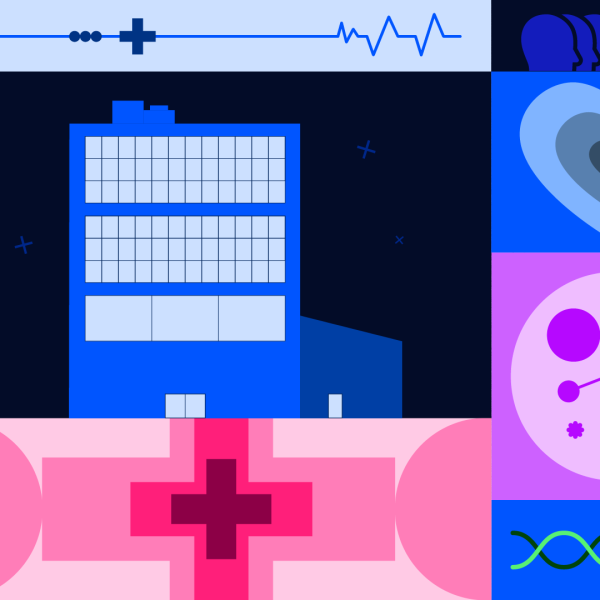This article on ADHD is written by Even’s resident Clinical Psychologist, Swathi J Bhat.
“I think I have ADHD” is a statement that many therapists have been coming across in recent times. ADHD historically was considered to be a condition specific to childhood, affecting 4-12 percent of school age children.(Gillig et al., 2005). There has been an increasing interest and curiosity about this condition. Adult ADHD appears to be fairly prevalent in the general population (2.5%–5%) and is progressively increasing over the years. (Kessler et al., 2006, Fayyad et al., 2007). In one study, 60 percent of children with ADHD continued to be symptomatic into their adulthood as well. (Cherkasova et al., 2013)
Facts about adult ADHD
- It is NOT a behavioural choice.
- It is NOT an acquired condition of adult life.
- It is NOT a result of parenting in specific ways.
- It is NOT a result of any habits people have grown up with.
It is a neurodevelopmental condition that has genetic and/or neurological underpinnings. While neurodivergence can cause issues like hyperfixation on topics of interest, experiencing sensory overload and stimulation, being disorganised and forgetful, it also has its strengths that should be celebrated.
Individuals with ADHD have higher energy levels and greater spontaneity, tendency for creativity and thinking outside the box, allowing them to come up with innovative strategies and solutions.
Hence a diagnosis of adult ADHD doesn’t dictate what one can and can’t accomplish. It is about playing out strengths and adapting to various challenges that ADHD brings with it.
ADHD clinical characteristics among adults
The clinical manifestations of adult ADHD span across the three main triads of inattention, hyperactivity and impulsivity.
Where hyperactivity and impulsivity may decline as years pass by, inattention remains persistent throughout their life. Therefore, in adulthood, the condition is referred to as ADD (attention deficit disorder) instead of ADHD.
Inattention
Most adults with ADHD appear to present a kind of inability to modulate attentional skills. Some situations can make it difficult to mobilise attention, leading to complaints about difficulty concentrating (reading, meetings, tasks requiring considerable mental effort, conversations).
People with ADHD experience fluctuations in attention, sometimes with a state of hyper-focalisation. The same fluctuations are observed for the other inattentive symptoms, such as forgetfulness or blunders. Being excessively distracted is a central symptom, whether the stimulus is external (auditory or visual) or internal. Excessive mind-wandering and daydreaming is a non-specific dimension, but strongly associated with ADHD.
Hyperactivity
While hyperactivity takes a physical form (excessive energy) in childhood, in adulthood, hyperactive symptoms often take on a more cognitive form characterised by jostling ideas that are difficult to control. Motor instability gives way to an excessive urge to move and do things, and difficulty relaxing or declining solicitations, or a difficulty in maintaining tact or reserve in situations that require it.
Impulsivity
Alongside an inhibition deficit (pause mechanism that helps us think through things before acting), impulsivity in ADHD also takes the form of an aversion to delay. This is particularly observed in conversations , with a marked tendency to interrupt. Impulsivity can lead to professional problems such as frequent job changes as a result of boredom, as well as problems in relationships or risk-prone behaviours (speeding, drug use, having trouble with authority).
Apart from the symptom triad mentioned above, other clinical dimensions are also noted among adults with ADHD. The deficit in executive functioning such as decision-making, rationalising, reasoning, etc. generates organisational problems such as failure to anticipate, plan, prioritise tasks, or manage time. Another frequent symptomatic dimension in ADHD is emotional dysregulation. It is characterised by hyper-reactivity, emotional lability, irritability and fits of anger.
How do experts check for ADHD?
Screening for ADHD in adults is based on a clinical approach and involves three main steps:
- A retrospective interview by the therapist looking for ADHD symptoms and related impairments in childhood, ideally corroborated by a family member and the presence of school reports, if available.
- A diagnostic interview to assess for the presence of any ADHD symptoms in the last 6 months. Specific attention is given here to the severity of the cardinal symptoms and the extent of functional impact. The practitioner makes use of psychometric tools (mostly self-report scales and questionnaires) to get clarity on the presence/absence of symptoms.
- The interview also involves ruling out of other psychological, neurological and/or medical conditions that could mimic the symptoms seen in ADHD.
How do experts treat Adult ADHD?
Adult ADHD interventions include pharmacological and/or non-pharmacological routes:
- Based on assessment of severity of symptoms and the associated impairments, a psychiatrist may prescribe medication to manage symptoms, especially the ones pertaining to inattention.
- Alongside medication, psychotherapy interventions aimed at helping the individual with improving attention, managing distractions and other comorbid psychological conditions, and focusing on areas of life affected negatively due to ADHD is a great way of making the treatment comprehensive.
How can someone with ADHD manage their symptoms?
Disclaimer: People with ADHD undergo different therapeutic and pharmacological treatments depending on their most severe symptom. Therefore, you should not rely on general advice available on the internet to diagnose or treat ADHD.
However, you can apply a few general strategies to help manage your mood and day-to-day tasks:
- Getting sufficient exercise and outdoor time
- Decluttering personal and work space
- Using tools like daily planners and reminders to get through personal or official tasks
- Breaking down bigger tasks or projects into smaller chunks–doing one thing at a time
- Regulating distractions–setting timers for restricting time on social media, putting your phone on focus mode, blocking your calendar, finding quiet zones to work in.
- Practising mindfulness
This article is intended to disseminate information about adult ADHD and does not amount to medical advice. If you are a member please speak to our psychologists for accurate diagnoses and investigations






